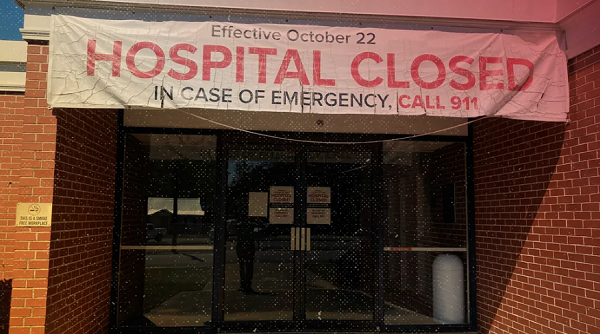The Case Of The Missing Health Care Providers
By Helen Santoro
January 2, 2024
 For the past 24 years, Sarah has operated a physical therapy clinic in a small town in Boulder County, Colorado. Her clinic is in-network with health insurance giant UnitedHealthcare, though Sarah’s reimbursement rate paid by the insurer for each patient visit has not increased once over the past quarter century. Meanwhile, the cost of running a business has skyrocketed.
For the past 24 years, Sarah has operated a physical therapy clinic in a small town in Boulder County, Colorado. Her clinic is in-network with health insurance giant UnitedHealthcare, though Sarah’s reimbursement rate paid by the insurer for each patient visit has not increased once over the past quarter century. Meanwhile, the cost of running a business has skyrocketed.
Earlier this year, Sarah, who requested anonymity for fear of retaliation, asked the insurer for a raise. She was told there are plenty of in-network physical therapists in the area and therefore there’s no need for UnitedHealthcare (UHC) to increase her reimbursement rate.
In an email, her contract manager told her that the insurer’s Boulder County outpatient therapy network “is robust and capable of handling therapy care needs of our UHC patient population” and that “we are under tremendous…pressures not to increase market rates in counties such as Boulder and surrounding areas when we do not have access to care concerns/needs.”
This sounded dubious to Sarah, who is the closest in-network physical therapist for people in many of the surrounding rural mountain towns, so she decided to examine UHC’s local directory of in-network providers.
A physical therapy room at Sarah’s clinic in Boulder County, Colo. (Helen Santoro / The Lever)
“I just started looking at the list and was like, wow, number one is false, number two is false,” said Sarah. “It just pissed me off.”
A Lever analysis of the UnitedHealthcare online directory of in-network physical therapists in Boulder County found that more than a quarter of the providers listed either do not provide physical therapy, are out-of-network, or don’t seem to currently exist at all. Other research suggests the issue of inaccurate health insurer provider lists extends far beyond this particular Boulder County directory.
After multiple requests, UHC did not provide a comment.
All health plans have a list of providers and facilities that the insurer covers, known as a provider network. In exchange for their inclusion in the network, providers and facilities agree to deliver care at a negotiated rate, thereby largely allowing insurers to control costs. A network is considered inadequate if it does not have enough providers that enrollees can access within a timely manner, thus forcing people to visit more expensive out-of-network doctors or travel long distances for care.
However, there is no national standard for network adequacy in Medicare, Medicaid, Affordable Care Act marketplace plans, and employer-sponsored health plans. The evaluation of health plans’ network adequacy also depends on data from provider directories — which, as Sarah found, appears to be woefully inaccurate. These inaccuracies prevent patients from finding affordable in-network care, potentially leading to delayed treatments and worse health outcomes.
Despite these errors, insurers appear to use these in-network lists to block providers’ requests for higher reimbursement rates. Inaccurate directories can also hurt providers who depend on the lists for new patients and income — though there’s little data on how much directories impact providers’ businesses or reimbursement rates.
“They just lie,” said Sarah. “Who is overseeing them? How are they able to get away with this?”
Hold Them Accountable With A Donation
Give a one-time donation in any amount to fund The Lever‘s mission to hold the powerful accountable through reader-supported investigative journalism. Every cent helps.
Ghost Networks
In UnitedHealthcare’s online directory of in-network physical therapists, there are 63 clinics listed within Boulder County, which includes the cities of Boulder, Longmont, Louisville, and Lafayette. The Lever analyzed the list and found that 16 clinics either do not provide physical therapy, are out-of-network, or don’t seem to exist — amounting to just over 25 percent of the clinics listed.
One address in Longmont is for a strip mall with a chiropractor, optometrist, family medical practice, and sandwich shop — but no physical therapist. Another is located in a senior living community. One listing leads you to a residential mobile home park in Boulder. Additionally, many of the actual in-network physical therapy clinics are listed under the wrong name or do not have an updated address. Some of these clinics are listed multiple times under slightly different names.
[READ FULL ARTICLE HERE]
